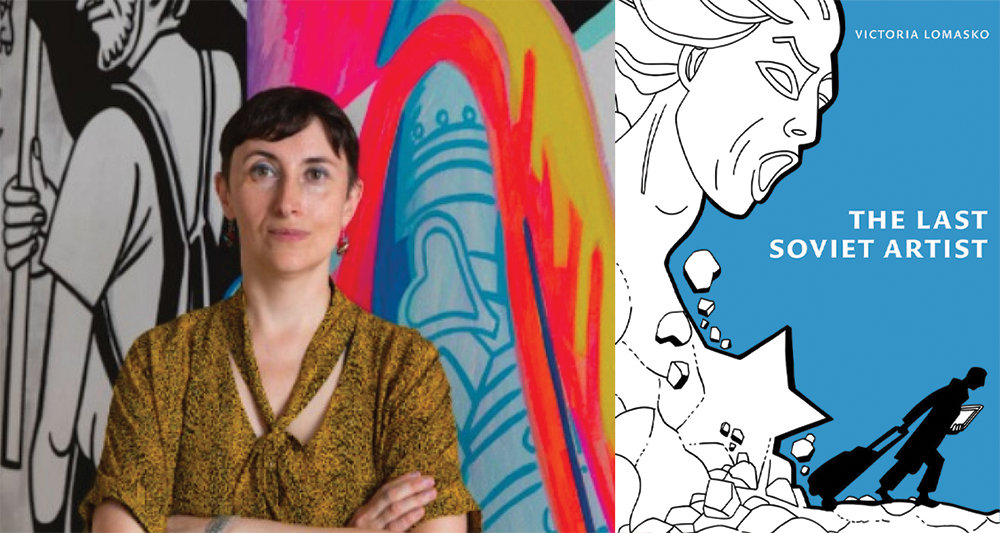The Last Soviet Artist by Victoria Lomasko, translated from the Russian by Bela Shayevich, n+1 Books, 2025
The title of this review is part borrowed from, and part inspired by a subsection of Svetlana Boym’s The Future of Nostalgia. A meditation that concerns itself with the capacious titular affect, Boym studies nostalgia through the revolutionary era of perestroika, the fall of the Soviet Union, and well into the present. While she categorizes two types of nostalgia, restorative and reflective—the former more active, seeking to reconstruct the past, and the latter passive, dwelling in yearning—she caveats that these are only “tendencies, ways of giving shape and meaning to longing.” While reading Victoria Lomasko’s The Last Soviet Artist, a third degree of nostalgia emerges: the residual. Nostalgia’s escape from the decay of romanticization towards a productive politic of collective and self-exploration feeds the heart of the text.
Translated from the Russian by Bela Shayevich, Lomasko’s latest—a graphic reportage that blends elements of memoir—was initially planned as a sequel to her Other Russias, which she mentions in her introduction. I hold a particular reverence for introductions; these precise portals often reveal more of the author’s motivations than is written on the surface, and Lomasko’s is particularly transparent. There is an urgency—we learn that Lomasko has self-exiled in response to Russia’s iron grip of heavy censorship and repression. In her home country, there is no room for imagination, no space for artists, and social activism has been systematically stifled. This realization dispels the awe Lomasko had held for “those fairytale pictures and stories” that she grew up reading about an everlasting friendship among the fifteen Soviet republics. Any remaining traces of nostalgia for “that period” soon erode away when Lomasko, seeking photocopies of her work clandestinely at a museum in Belarus, realizes that her body remembered what it “had really meant to be a Soviet person.”

